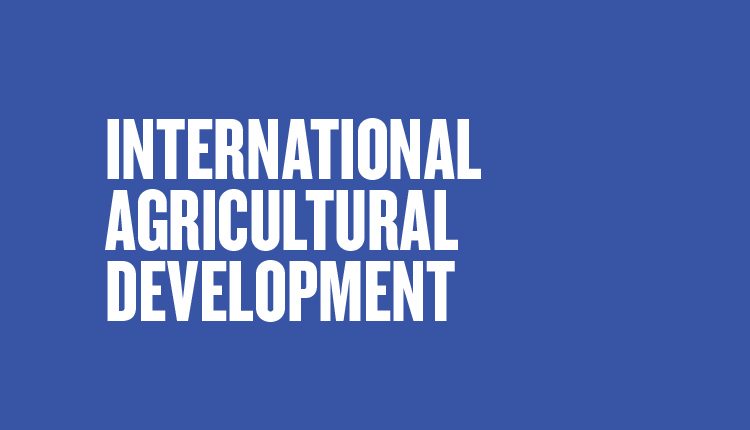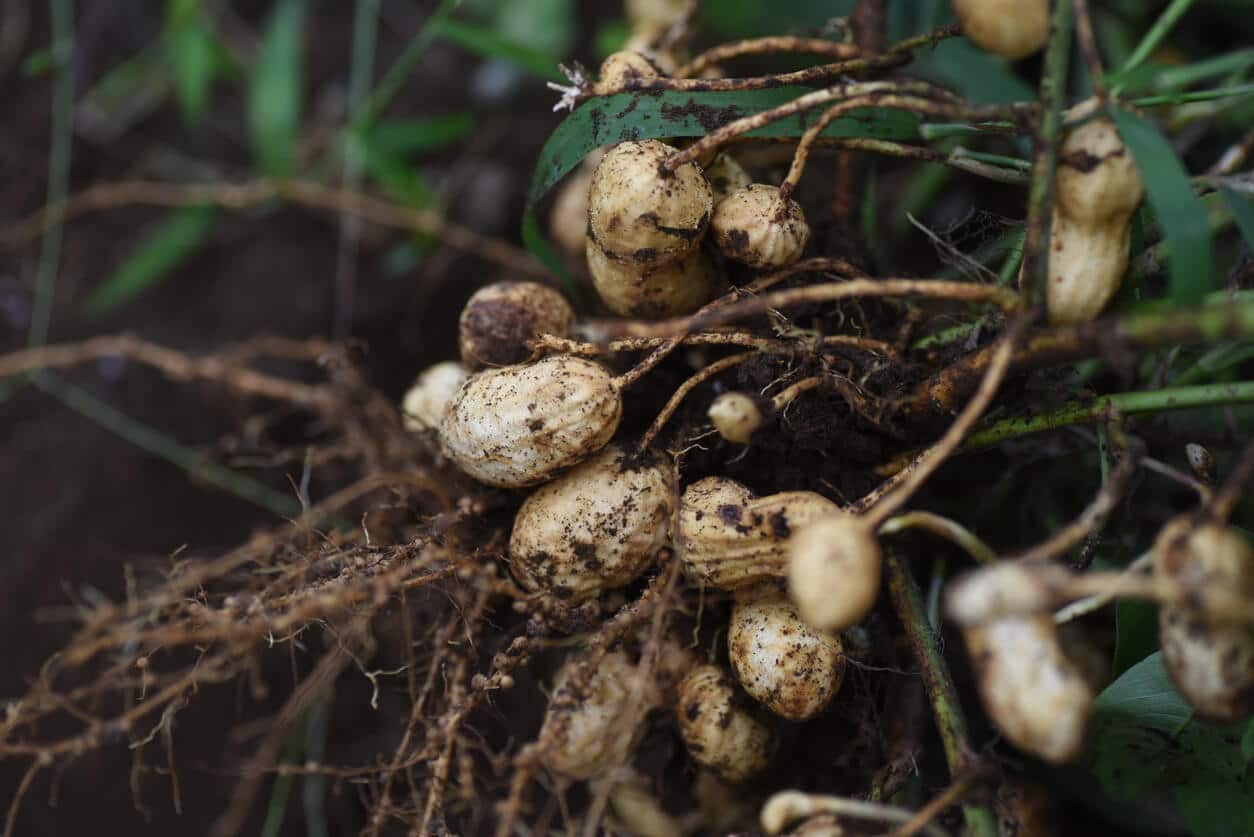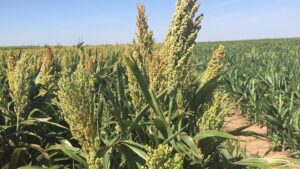The bean plays a crucial, and often overlooked, role in global agriculture.
The common dry bean, Phaseolus vulgaris, is a staple crop of worldwide preeminence.
In 1996, the International Center for Tropical Agriculture (CIAT) established an innovative partnership for agricultural research in Africa, the Pan-African Bean Research Alliance, dubbed PABRA. The PABRA network has three geographical sub-networks and is comprised of international regional bean researchers, 29 national agricultural research institutions and more than 350 partner organizations. CIAT bean breeders work diligently to foster PABRA stakeholder networks, which in turn positively impact meaningful varietal development.
CIAT is a member of the CGIAR Consortium, and one of their 15 global agricultural research center partners. Appropriately, it is headquartered in Cali, Colombia, in the Andean region, and also relatively near Mesoamerica — the dual regions of the crop’s origin.
Results-oriented CIAT bean breeders such as Clare Mukankusi of Kawanda, Uganda, and Rowland Chirwa of Lilongwe, Malawi, make vital improvements to bean varieties. Chirwa and Mukankusi function under uniquely different conditions (environmental, geographical and economic) while serving people of diverse ethnic and cultural backgrounds.
Most bean growers are women. Women and children are the direct beneficiaries of improved varieties developed by the PABRA network. Mukankusi and Chirwa are not only passionate about breeding better beans, but highly compassionate toward those that rely so heavily upon the common bean.
Mukankusi is a regional breeder for the East and Central African Bean Research Network (ECABREN). However, she also supports WECABREN, the western network. Her work props up nine national breeding programs by building human and technical capacity. She ensures the availability of genetic material for different stresses by availing breeding lines developed by the collective CIAT bean program. She routinely shares elite CIAT materials with the more advanced national breeding programs such as those of Rwanda, Kenya, Uganda and Ethiopia.
Mukankusi also invests considerable time in training National Agricultural Research (NARs) partners within her PABRA region. Her scope includes common bean breeding principles and techniques. In addition, she supervises postgraduate students attached to CIAT-Uganda pursuing degrees in bean-related areas.
“The greatest part of working for PABRA is the collegial nature of the breeding programs that allow weak programs to still develop and release varieties and be able to avail these varieties to the people. My ability to avail germplasm to West Africa gives me satisfaction of contributing to development of a new food habit in West Africa in the future,” says Mukankusi. Her breeding program addresses numerous shifting climatic, market demand and food patterns.
Having responsibility for 12 countries in South Africa, Chirwa stays “on-the-go” in his role as coordinator of PABRA’s Southern Africa Bean Research Network (SBRAN). Having an agronomy background, he considers the product of CIAT to be “seeds of improved bean varieties, integrated bean-based crop management practices, processed marketable bean-based products and (non-processed) bean-based food products.” Chirwa freely credits PABRA donors and NARs organizations who work with various value chain stakeholders to garner vital resources which enhance PABRA’s effectiveness.
Within the past eight years, several well-adapted medium-altitude climbing bean lines have been developed, allowing Chirwa to shift 20 percent of his lower altitude SBRAN breeding program toward developing “climbers.” Climbing varieties are attractive because they offer greater yield (two- to three-fold).
Progressive smallholder farmers may welcome opportunities to invest in staking and trellising of improved climbing bean varieties in their quest to attain higher yields and greater levels of income on less land. Yet, other smallholder farmers exhibit little enthusiasm for improved climbing varieties. They prefer to rely upon a simple bean-maize intercropping system where the maize plant provides a natural trellis to support climbing bean plants.
However, improved bean varieties, planted alone, can outperform more traditional bean-maize intercropping systems, according to Chirwa.












